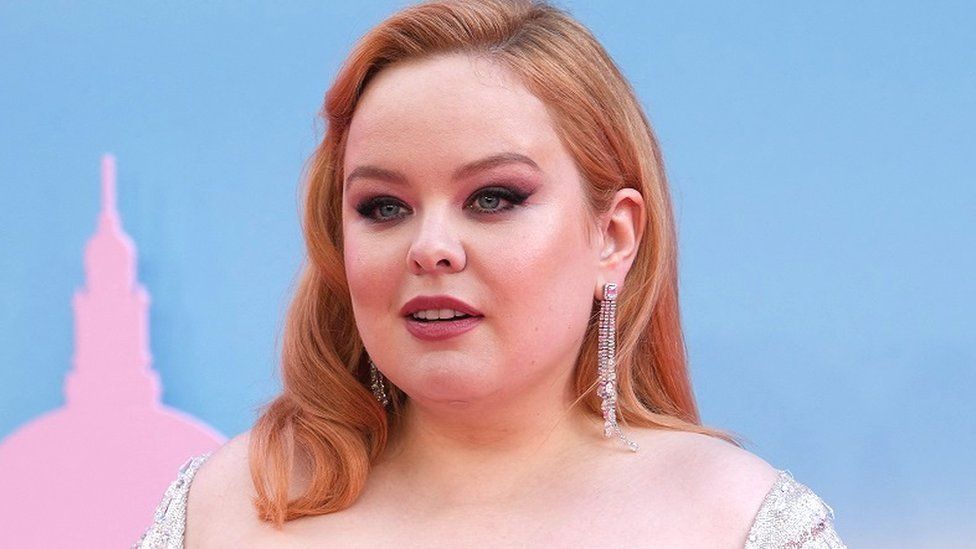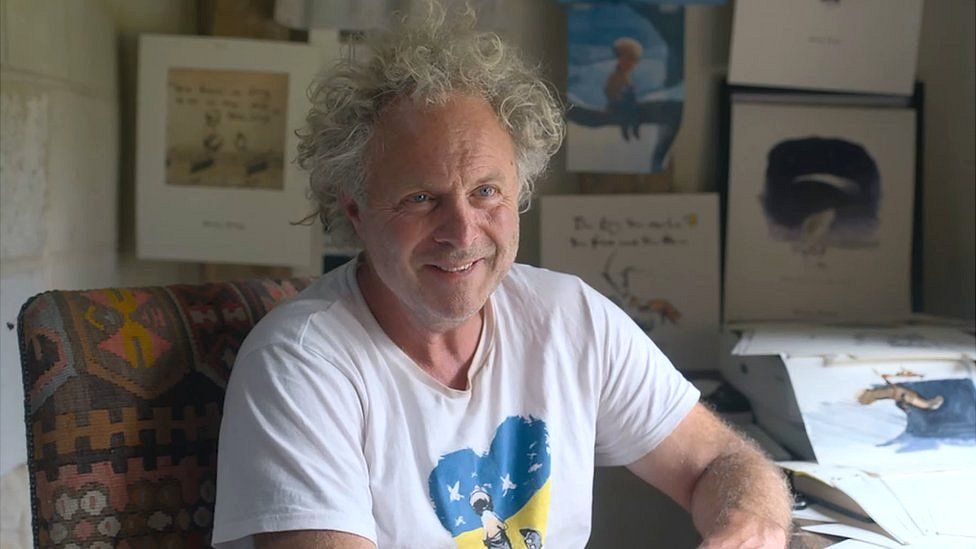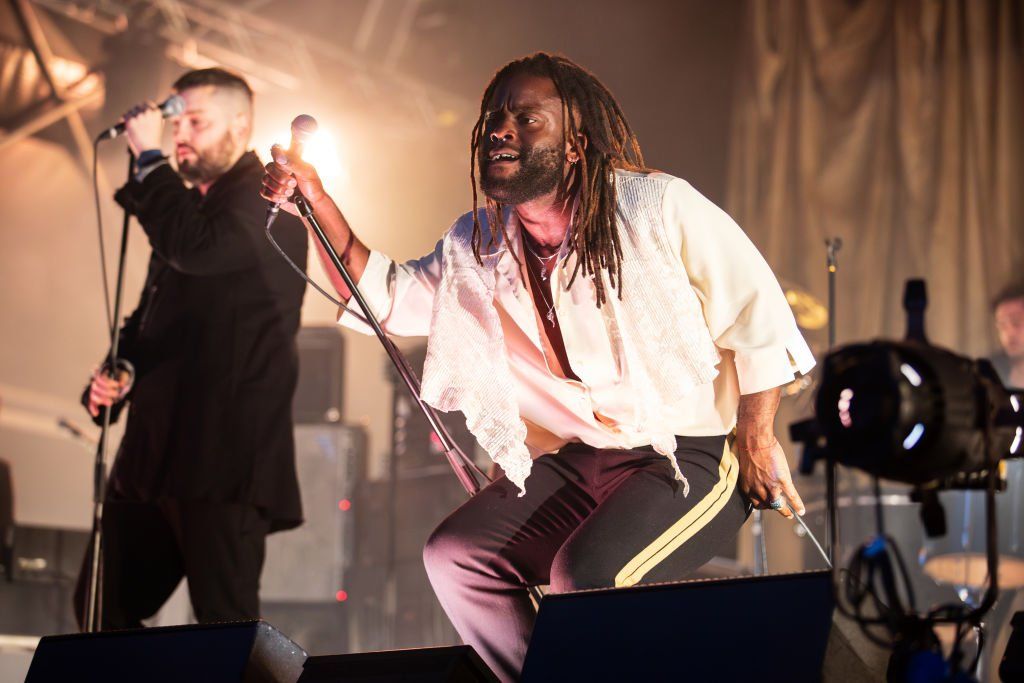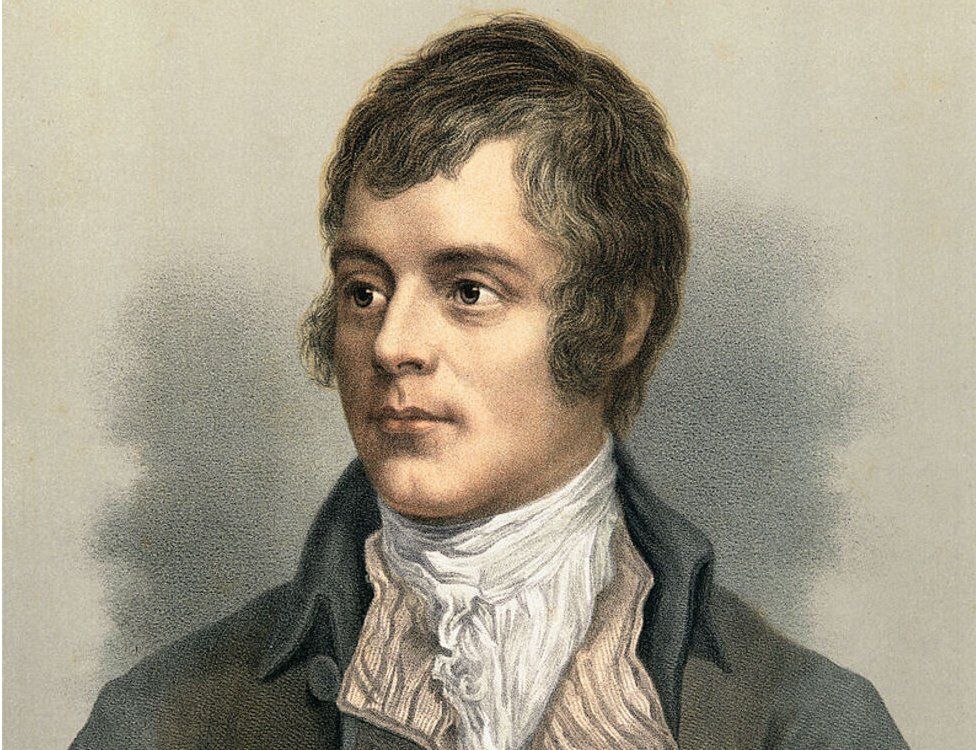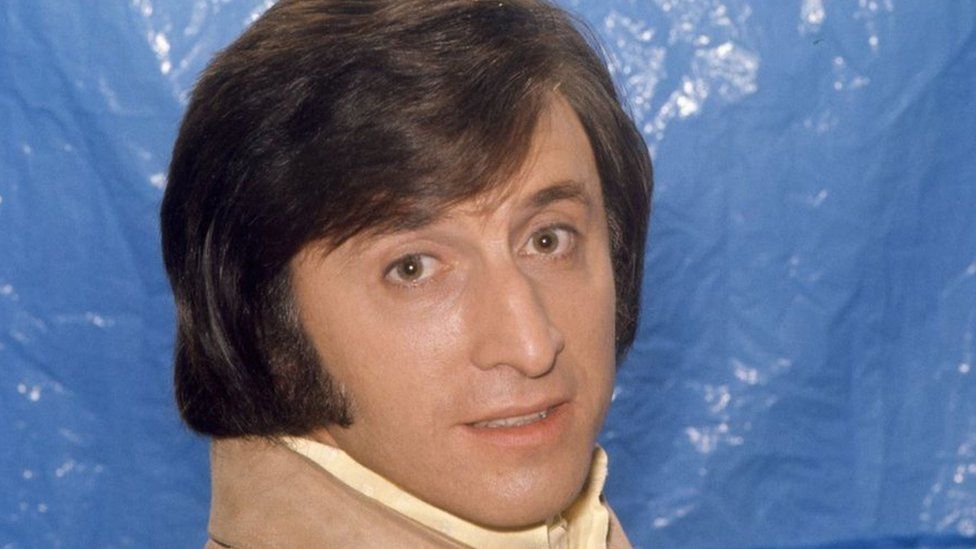When you hear the word "diva," what comes to mind?
Who, Beyoncé, Madonna, or Mariah proudly holds the title?
You wouldn't be mistaken, but the term wasn't created until long after our contemporary pop stars made their entrance.
A group of fabulous queens, starting with opera singers and early silent film stars and continuing all the way up to today's A-list celebrities, are featured in the new exhibition Diva at London's Victoria and Albert Museum.
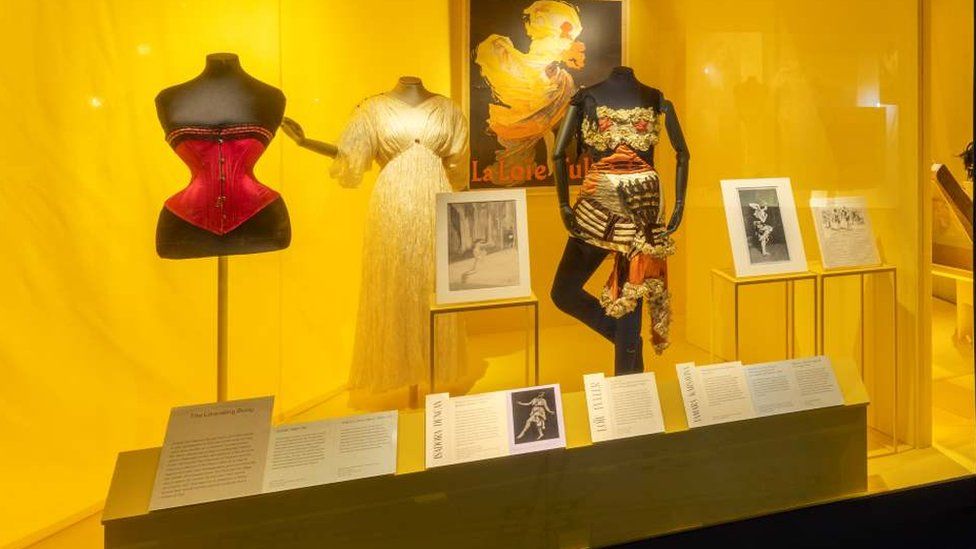
The Latin word "diva," which means "goddess," originally referred to prima donnas, the leading ladies of opera. Their success gave them a level of autonomy and agency that few women at the time had.
Moving away from constricting corsets and toward flowing gowns (as seen above), later stage and screen actors and dancers, like avant-garde dancer Isadora Duncan, used their bodies as a medium for expression. Mariano Fortuny drew inspiration from Greek drapery for the white silk dress.
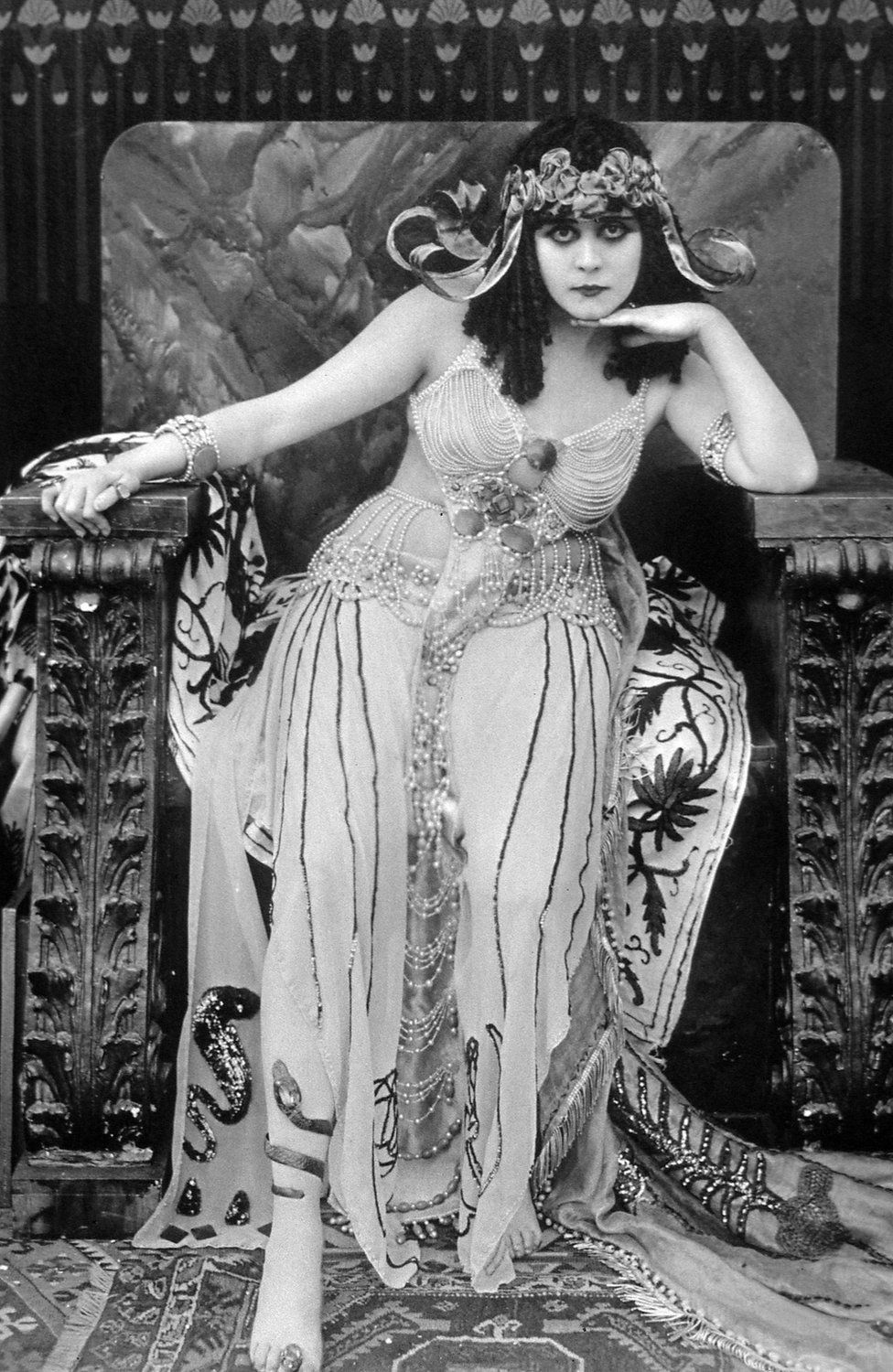
With the expansion of the film industry in the early 20th century, the femme fatales of silent cinema received more exposure. Theda Bara, who starred in 1917's Cleopatra, is depicted. She was one of the first sex icons in film. Bara's Cleopatra outfit, which combined a traditional Egyptian appearance with burlesque seduction, was risqué and revealing while playing up her vamp persona.
Bara is believed to have created her own costumes, possibly drawing inspiration from her mother's and father's careers as wig makers and tailors. Sadly, a fire at Fox Studios' vault in 1937 destroyed the majority of Bara's films.
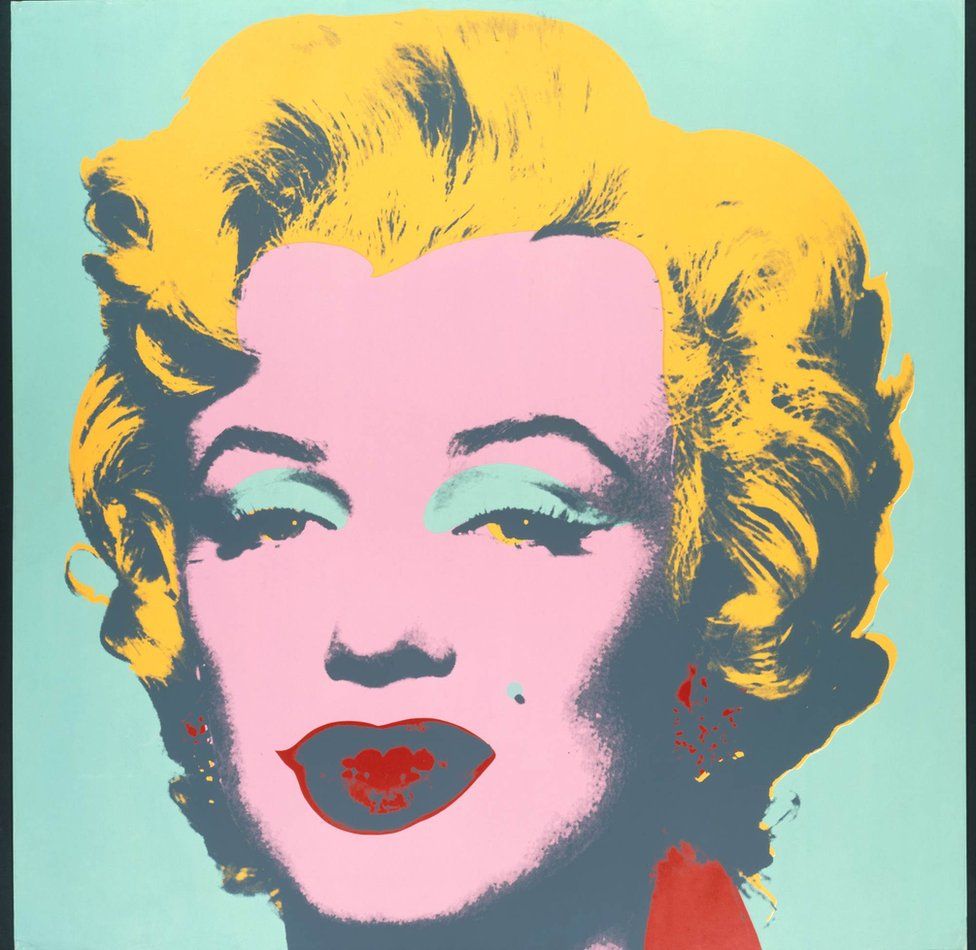
Later, during Hollywood's Golden Age, stars like Marilyn Monroe, Mae West, Katharine Hepburn, and Bette Davis came to the fore. When criticized for acting like a diva, Monroe once said: "People think that my tardiness is due to my arrogance. It's the exact opposite of arrogance, in my opinion. I want to arrive prepared so that I can perform well and to the best of my abilities. ".
A black fringed dress from Some Like It Hot is on display alongside this 1967 Andy Warhol screenprint of the screen siren.
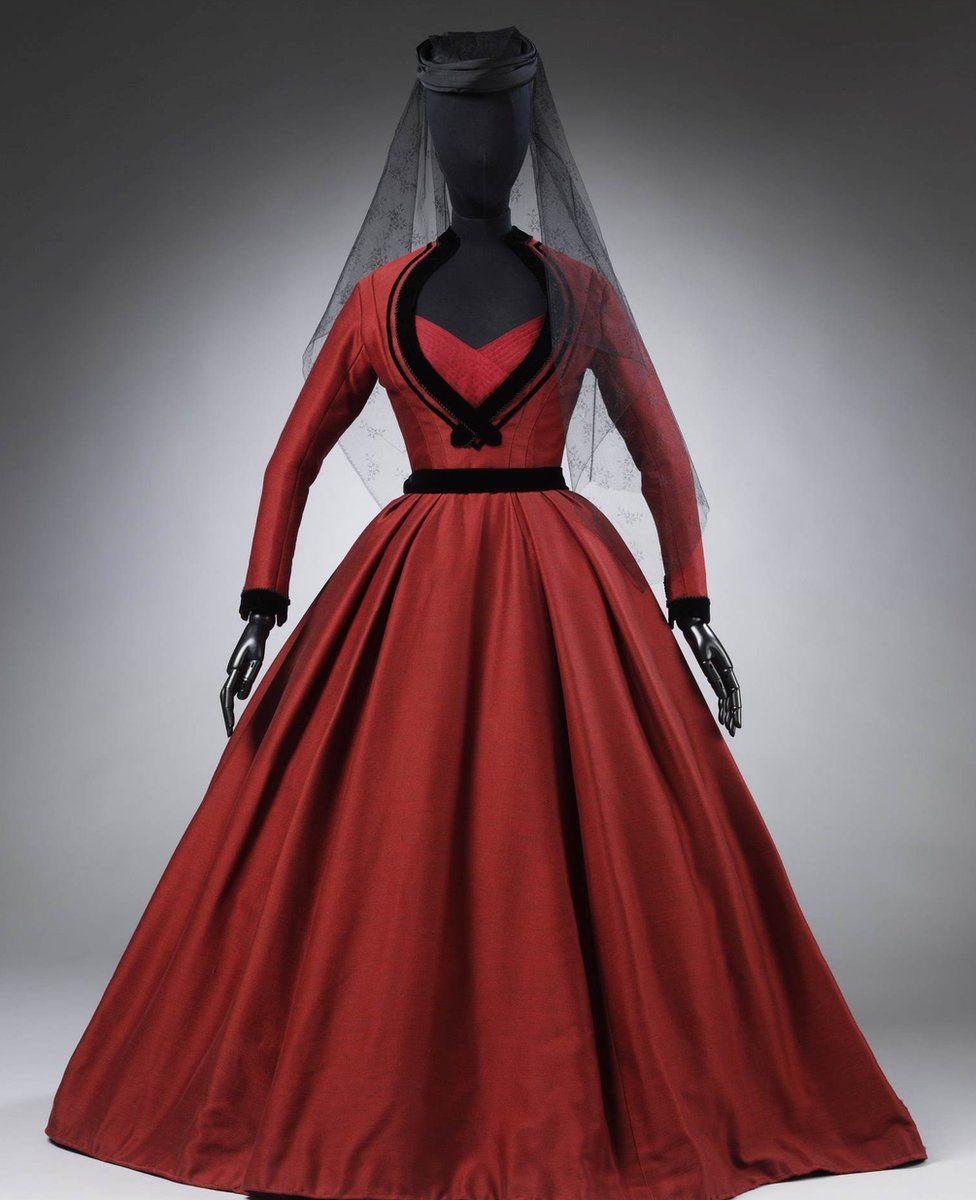
In 1958, Vivien Leigh, a two-time Oscar winner, wore a dress created by Christian Dior. On the set of Gone With the Wind, there were claims of alleged diva behavior. Olivia de Havilland, who played her co-star, defended her in 2006, saying: "She had two great concerns: doing her best work in an extremely difficult role and being apart from Larry [her then husband, Laurence Olivier], who was in New York. ".
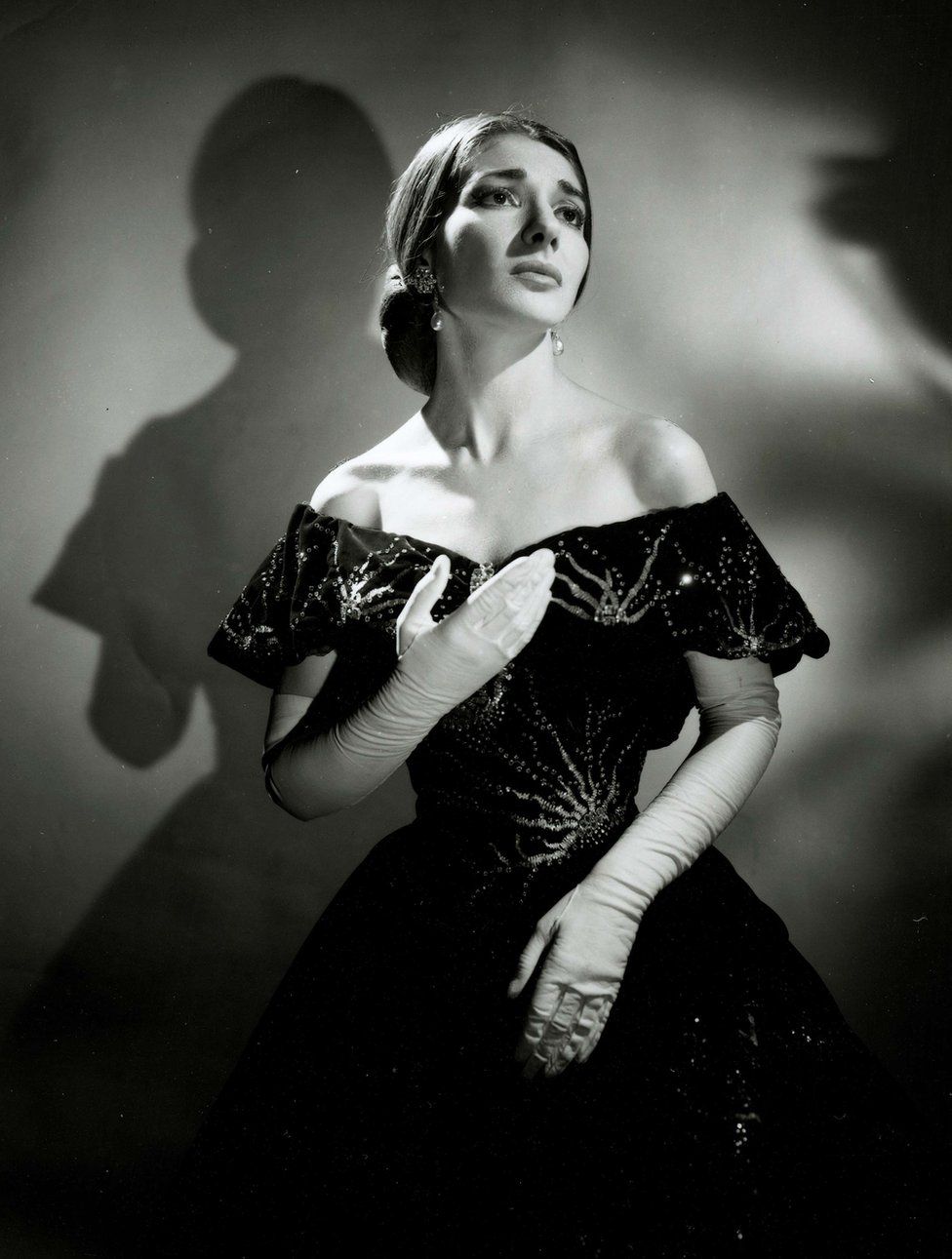
Maria Callas's performances in operas like Verdi's La Traviata and Puccini's Tosca have become legendary in the art world. Modern opera divas have continued to perform and receive adoration around the world. In the earlier performance, which took place at the Royal Opera House in 1958, Callas is seen as Violetta.
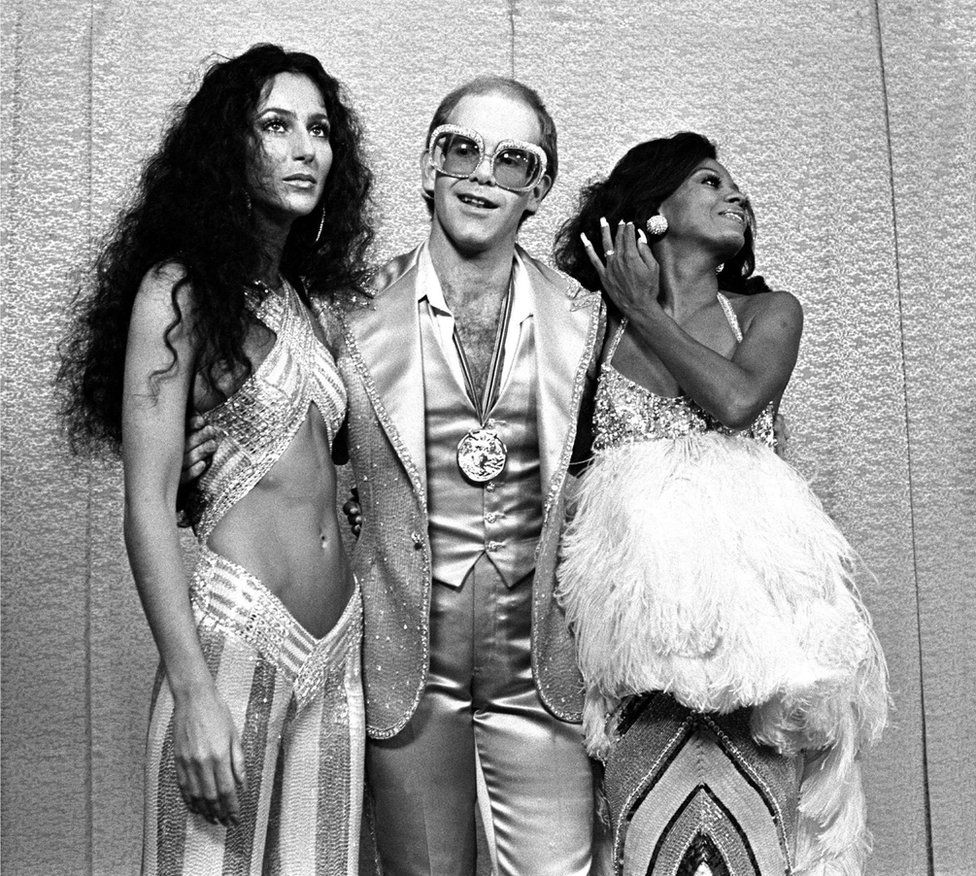
Modern divas have expanded on the definition of the term and reinvented it since the 1960s, a period marked by sexual liberation and political activism. In this 1975 photo from the Rock Awards at the Santa Monica Civic Auditorium in California, Cher, Elton John, and Diana Ross are seen.

Cher's stage attire is never subtle. Cher's iridescent two-piece from the 1975 Rock Music Awards is shown front left. The singer made the announcement to the audience during a performance in Los Angeles in 2002 to thunderous applause: "I have been a frickin' diva for 40 frickin' years!".
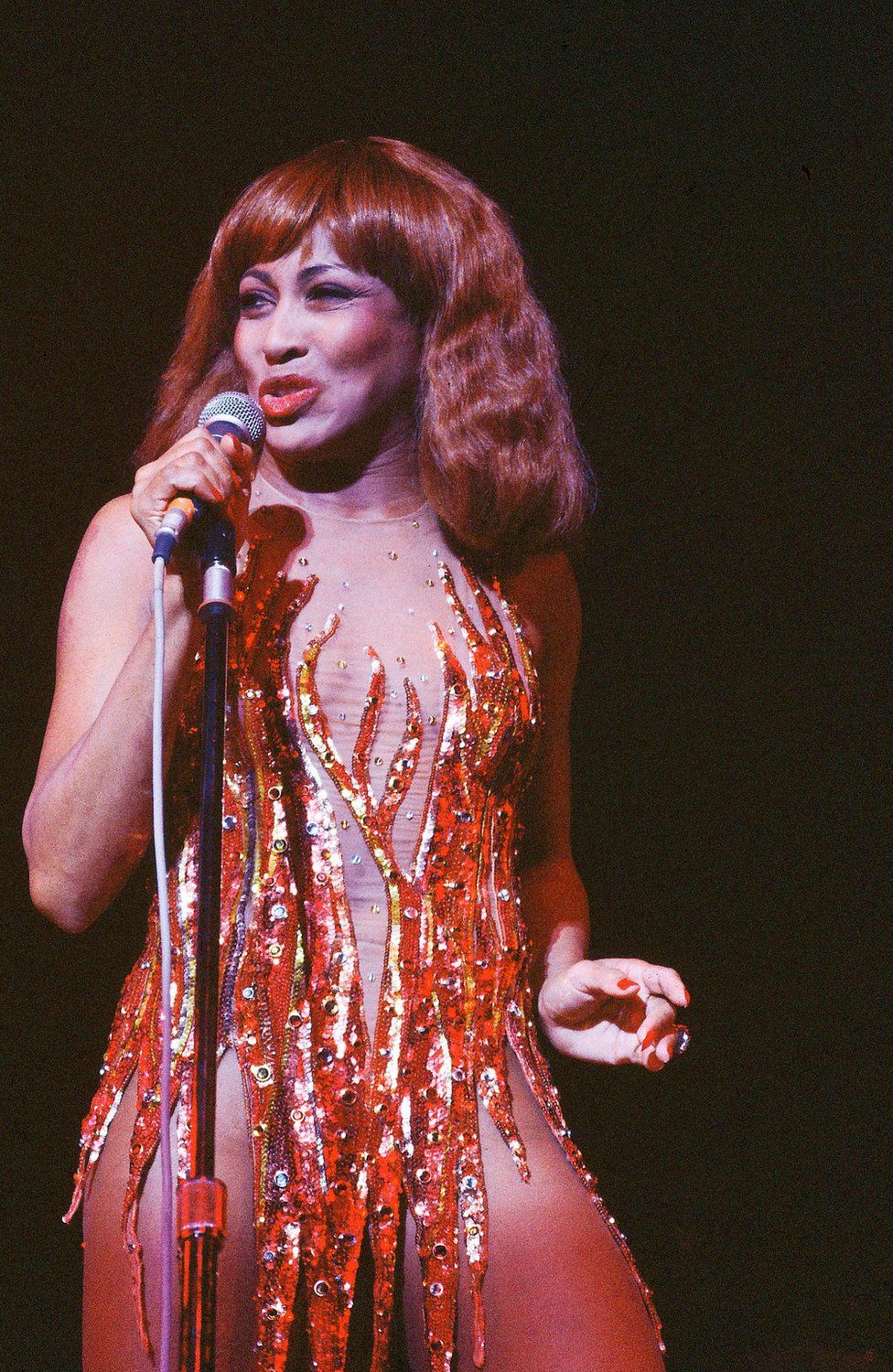
The exhibition also honors Tina Turner, who passed away last month. On display is her well-known flame dress by Bob Mackie. Other celebrities, such as RuPaul and Beyoncé, have also worn variations of the dress, which he also created for Cher. When Beyoncé paid tribute to Turner at the Kennedy Center Honors in 2005, she wore hers.
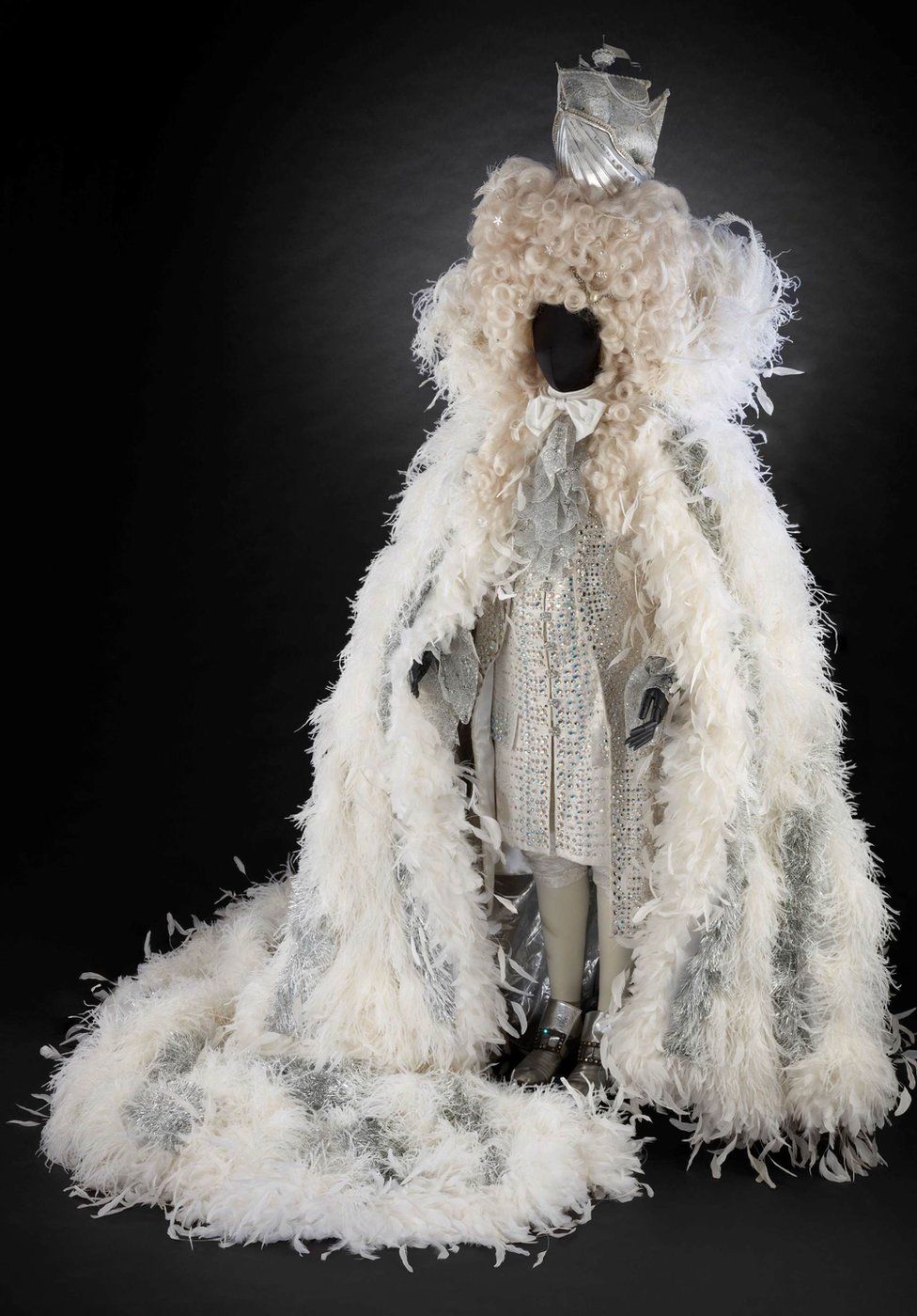
Divas don't always have to be women, as Sir Elton John's 50th birthday ensemble demonstrates. Award-winning costume designer Sandy Powell made the outfit. It featured a huge wig and a 15-foot (4.05-meter) train, both of which were inspired by Louis XIV, France's decadent Sun King.
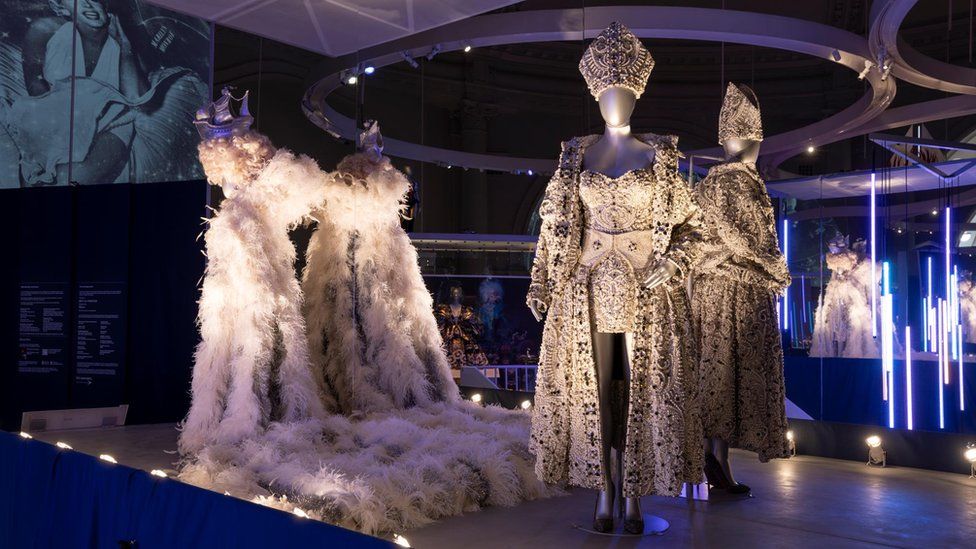
The 2018 Met Gala outfit by pop star Rihanna, which was inspired by the Pope, is positioned next to Sir Elton's outfit.
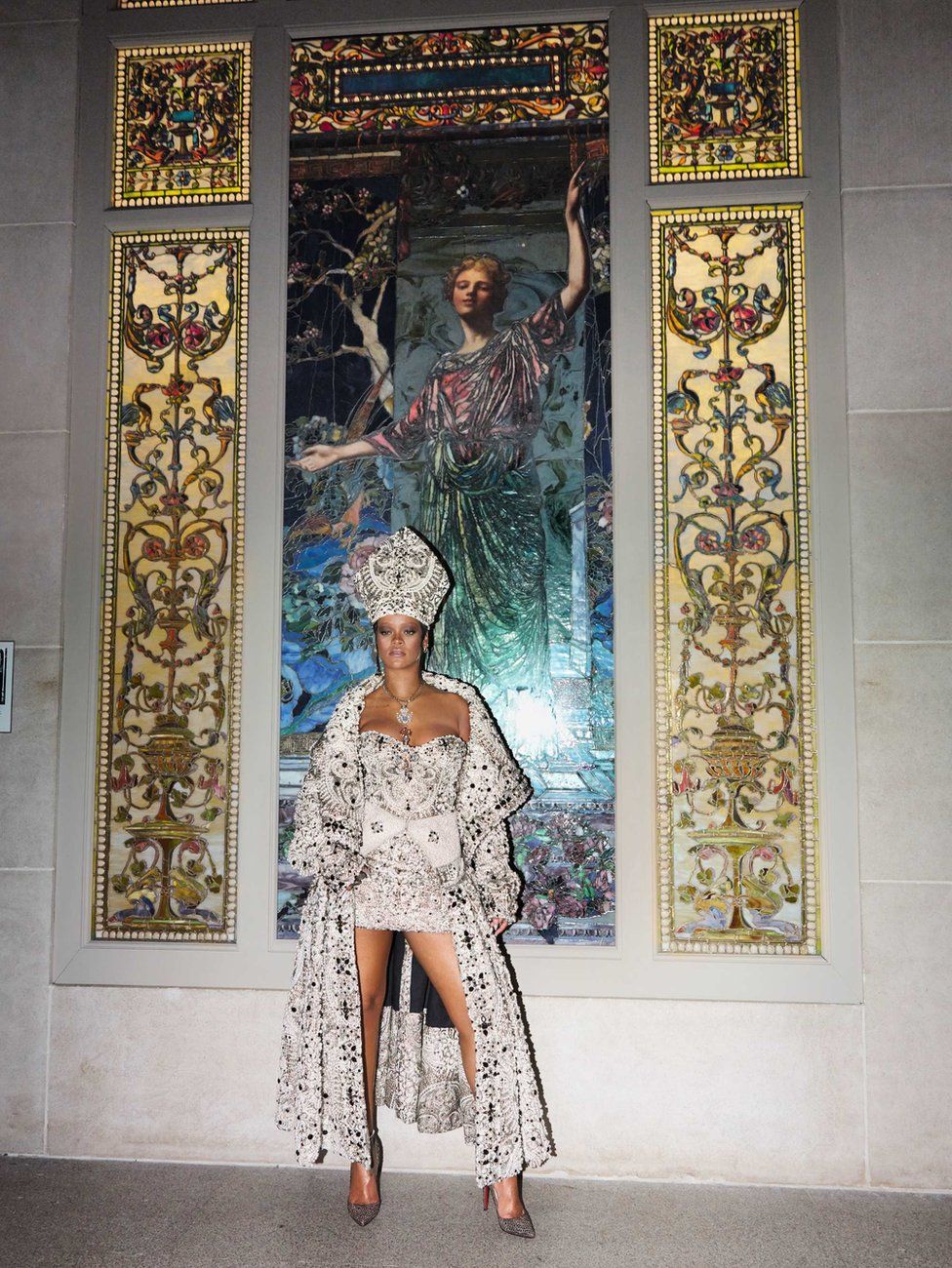
The jewelry and pearl-studded outfit were created by Margiela. According to Harper's Bazaar, the singer was wearing the best outfit of the year on the biggest night in fashion.
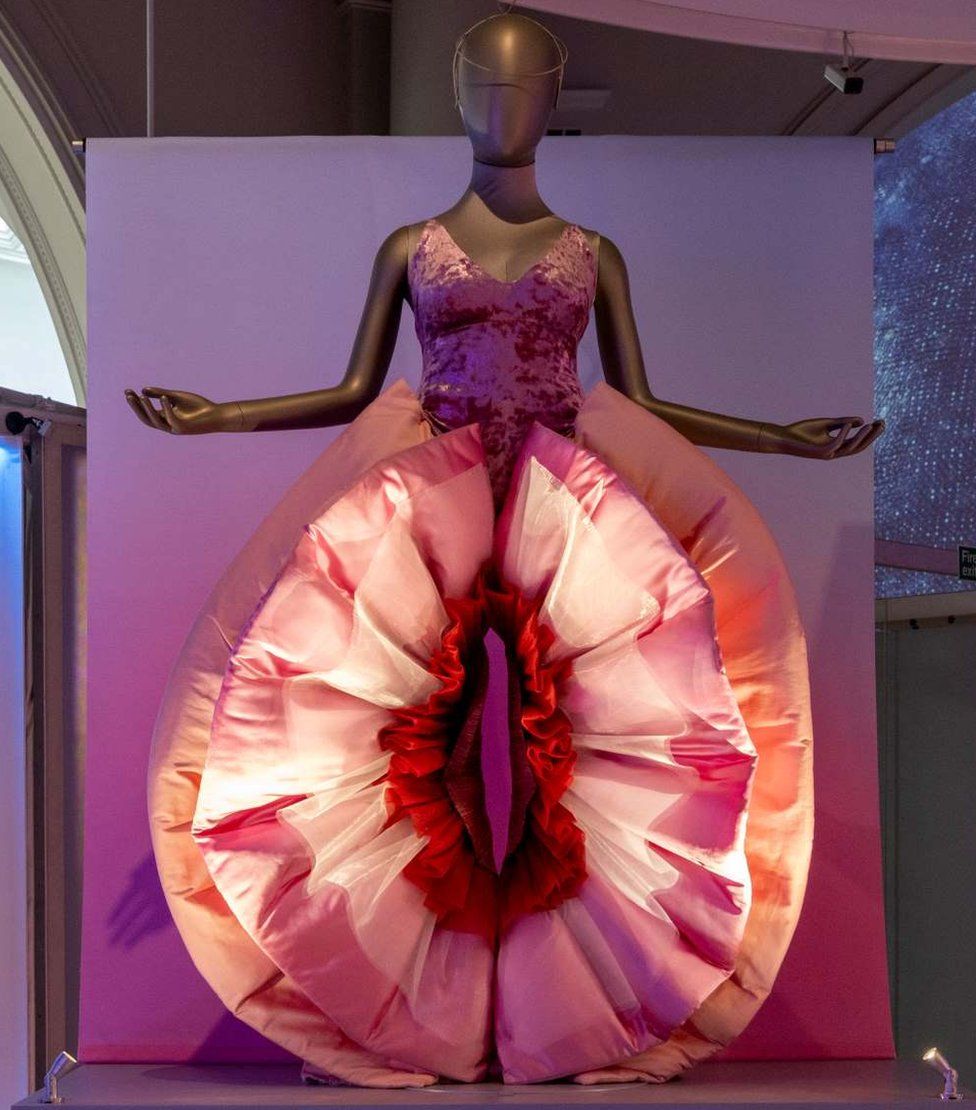
The exhibition features the well-known "vulva pants" that Janelle Monaé wore for the Pynk music video in 2018. According to designer Duran Lantink, "empowerment of women, freedom of sexuality [and] equal rights" served as the inspiration for the outfit, according to BBC Minute.

Don't be a drag, be a queen," was embroidered on Lizzo's faux ermine dress, which she wore with the song "About Damn Time.". It was created by Viktor & Rolf, and the V&A also displays it.
According to lead curator Kate Bailey, a diva is someone who "has a strong sense of self, an attitude, and knows how to use their voice.".
"We were determined to tell that story. feminism to activism, they have all used their voices to advocate for change. So along with the feathers and sequins, it's sort of a celebration of that side of the diva. ".
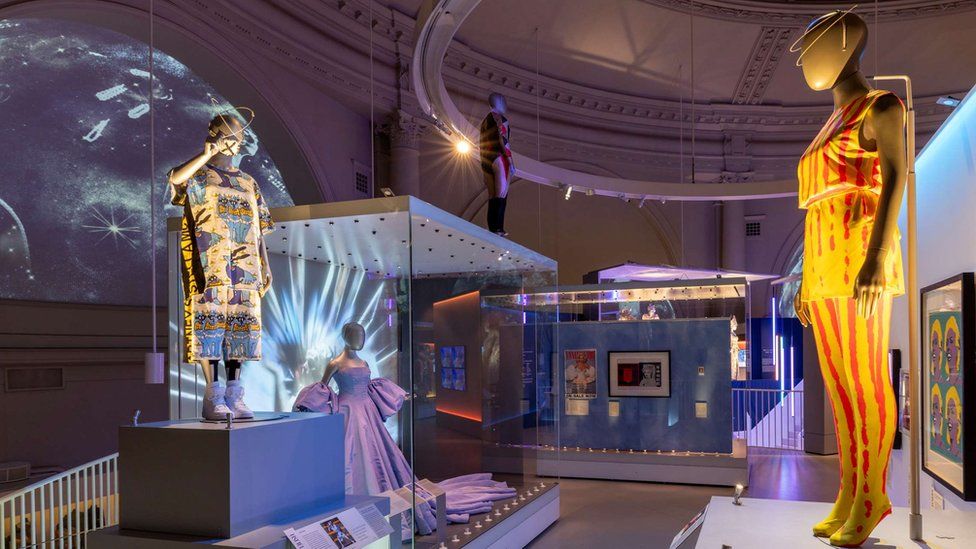
Billie Eilish's (left) and Blondie's (right) stage attire can be seen in this photo. Additionally, there are costumes and other artifacts from Lil Nas X, Amy Winehouse, Prince, Aretha Franklin, Doja Cat, Dame Shirley Bassey, Whitney Houston, and more that are on display.
At the V&A in London, DIVA debuts on June 24 and runs through April 7, 2024.
Copyright applies to all images.


